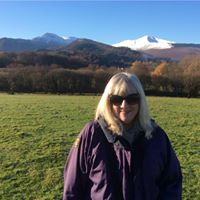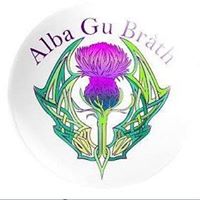In which century did the first cookbooks appear?
Cookbooks, or more specifically, recipe collections, compiled in the Middle Ages are among the most important historical sources for medieval cuisine. The first cookbooks began to appear towards the end of the 13th century. The 'Liber de Coquina', perhaps originating near Naples, and the 'Tractatus de modo preparandi' have found a modern editor in Marianne Mulon, and a cookbook from Assisi found at Châlons-sur-Marne has been edited by Maguelonne Toussaint-Samat.
Though it is assumed that they describe real dishes, food scholars do not believe they were used as cookbooks might be today, as a step-by-step guide through the cooking procedure that could be kept at hand while preparing a dish. Few in a kitchen, at those times, would have been able to read, and working texts have a low survival rate.
The recipes were often brief and did not give precise quantities. Cooking times and temperatures were seldom specified since accurate portable clocks were not available and since all cooking was done with fire. At best, cooking times could be specified as the time it took to say a certain number of prayers or how long it took to walk around a certain field. Professional cooks were taught their trade through apprenticeship and practical training, working their way up in the highly defined kitchen hierarchy. A medieval cook employed in a large household would most likely have been able to plan and produce a meal without the help of recipes or written instruction.
More Info:
en.wikipedia.org





